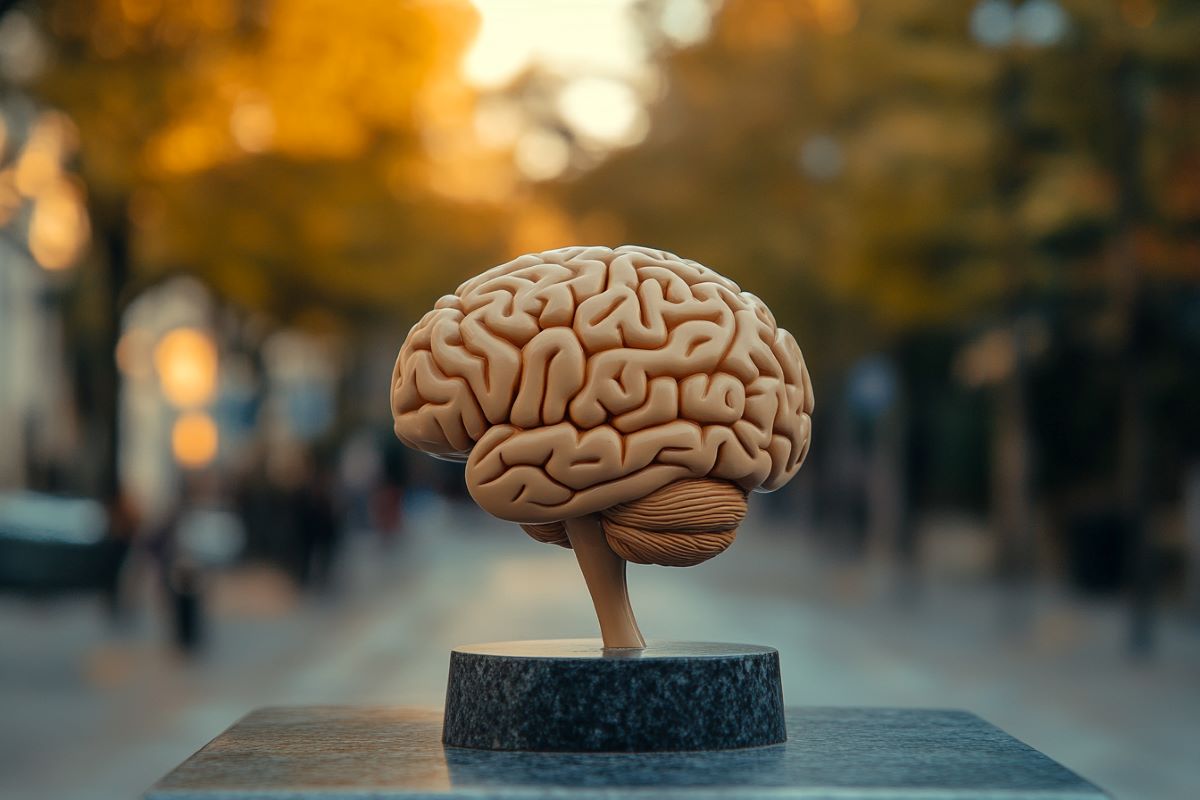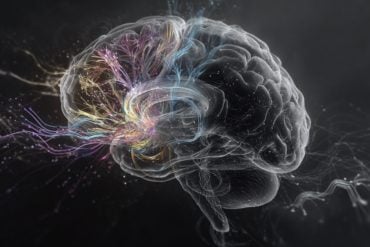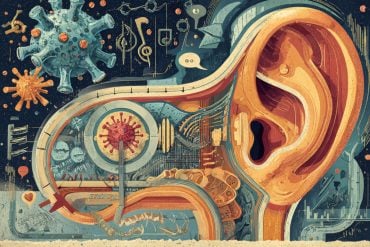Summary: Research reveals that how we perceive the size and weight of body parts, such as hands, differs from our perception of objects. For objects, smaller items feel heavier than larger ones with the same weight—a phenomenon known as the size-weight illusion.
However, this study found the opposite effect for body parts: a smaller hand feels lighter, and a larger hand feels heavier, despite their actual weight being constant. This discovery highlights distinct mechanisms for weight perception of objects versus body parts.
The findings could enhance our understanding of body distortions in conditions like anorexia nervosa and other eating disorders. Researchers suggest exploring these perceptions further to inform treatments for disorders linked to body image.
Key Facts:
- Opposite Illusions: The size-weight illusion applies differently to objects and body parts, with body size changes altering perceived weight in the opposite direction.
- Distinct Mechanisms: Weight perception involves separate processes for objects and body parts, underscoring unique brain functions.
- Clinical Implications: Insights from this study could inform treatments for eating disorders by exploring how individuals perceive their own bodies.
Source: BIAL Foundation
Researchers have assessed the human perception of the size and weight of body parts, specifically the hand, comparing it to the perception of objects and concluded that it is different.
In the case of objects, the smaller we look at them, the heavier they seem to us, while in the case of hands, the result is exactly the opposite.
This study is important for understanding how individuals with anorexia nervosa and other eating disorders experience the size and weight of their bodies.

According to Newton’s law, weight is given by the product of its mass and gravity. How does the brain determine the weight of objects and body parts?
For over a century, it has been recognised that the size of objects alters our perception of their weight. When we pick up a small object and a large object with similar masses, even to push them, the smaller object feels heavier (for example: a golf ball compared to a beach ball).
This phenomenon is known as the size-weight illusion and is clear evidence that perceived size significantly influences the perceived weight of an object.
Little is known, however, whether the same is also true for the weight of parts of our body. With the support of the BIAL Foundation, a team of researchers from Birkbeck University of London sought to answer this question by assessing the effects of embodying an enlarged hand and a shrunken hand on perceived hand weight in a sample of 20 healthy participants.
“We manipulated hand size using a visual-tactile illusion with magnifying and diminishing mirrors”, explains researcher Elisa Raffaella Ferrè.
“We then measured the perception of hand weight using a psychophysical matching task, in which participants estimated if a weight hung on their wrist feels heavier or lighter than the experienced weight of their hand.”
The results were presented in the article “Perceived hand size and perceived hand weight”, published in the scientific journal Cognition in January 2025, and indicated that the participants tended to underestimate the weight of their hand more when embodying a smaller hand and less when embodying a larger hand.
This study showed that the size-weight illusion, which occurs in the perception of objects, does not apply to body parts, as an enlarged hand felt heavier and not lighter, even though it weighs the same, and the reverse logic for the small hand.
The results thus point to two different mechanisms in weight perception, one for body parts and the other for objects.
“Investigating how individuals with eating disorders experience the bodily size-weight illusion, as presented in this study, can deepen our understanding of these disorders and their connection to bodily distortions”, emphasises Elisa Rafaella Ferrè.
About this perception and neuroscience research news
Author: Sandra Pinto
Source: BIAL Foundation
Contact: Sandra Pinto – BIAL Foundation
Image: The image is credited to Neuroscience News
Original Research: Open access.
“Perceived hand size and perceived hand weight” by Elisa Raffaella Ferrè et al. Cognition
Abstract
Perceived hand size and perceived hand weight
The dimensions of objects and our body parts influence our perception of the weight of objects in our surroundings. It has been recently described a dramatic underestimation of the perceived weight of the hand.
However, little is known on how perceived size informs the perceived weight of our own body parts.
Here we investigated the effects of embodying an enlarged and a shrunken hand on perceived hand weight.
We manipulated hand size using a visual-tactile illusion with magnifying and minifying mirrors. We then measured perceived hand weight using a psychophysical matching task in which participants estimate if a weight hanged on their wrist feels heavier or lighter than the experienced weight of their hand.
Our results indicated that participants tended to underestimate the weight of their hand more when embodying a smaller hand, and less so when embodying a larger hand. That is, the perceived size of the hand plays a role in shaping its perceived weight.
Importantly, our results revealed that the perception of the weight of body parts is processed differently from the perception of object weight, demonstrating resistance to the size-weight illusion.
We suggest a model based on constant density to elucidate the influence of hand size in determining hand weight.






